This article was co-authored by Payam Daneshrad, MD. Dr. Payam Daneshrad is a board certified Otolaryngologist, a board eligible Facial Plastic Surgeon, and the Owner and Director of Daneshrad Clinic in Los Angeles, California. With over 19 years of experience, Dr. Daneshrad specializes in adult and pediatric Otolaryngology-head and neck surgery, packing-less nasal surgery, minimally invasive sinus surgery, and snoring treatment. He also uses the newest surgical ENT techniques for tonsillectomy, adenoidectomy, thyroidectomy, and parathyroidectomy. Dr. Daneshrad graduated with a BS and the highest honors from the University of California, Berkeley. He earned his Doctor of Medicine (MD) from Tulane University School of Medicine, where he was accepted into the AOA, the medical honor's society, and the Tulane University School of Public Health. Dr. Daneshrad received his medical training from the University of Southern California, where he currently serves as an Associate Clinical Professor. Dr. Daneshrad is the Otolaryngologist and Facial Plastic Surgeon for the Los Angeles Sparks and the athletic teams of Loyola Marymount University.
There are 7 references cited in this article, which can be found at the bottom of the page.
This article has been viewed 13,089 times.
If you've noticed lots of wax around your little one's ears, rest assured that this is completely normal! Toddlers produce lots of ear wax as a protective measure. A quick wipe during bathtime is often enough to keep your little one's ears clean. However, if you have concerns about excessive wax in your toddler's ears, talk with your child's pediatrician. They can suggest home remedies and other options if the ear wax is causing issues for your child.
Steps
Cleaning the outside of Your Toddler's Ears
-
1Note that wax is generally a good thing for your toddler's ears. Wax provides a protective, waterproof barrier between your child's eardrum, ear canal, and potential irritants, such as dust, bacteria, and water. Without ear wax, your child's ears would be at a higher risk of infections and injury.[1]
- Your child's ears are constantly producing earwax, so any excess should make its way out of the ear canal on its own and you won't have to do anything.[2]
Tip: If you have noticed an excessive amount of wax around the outside of your child's ear canal and you're concerned it is affecting their hearing, it's best to talk with your child's pediatrician before doing anything yourself.
-
2Wipe the outside of your child's ear with a damp washcloth. Most of the time, this is all you will need to do to keep your toddler's ears clean.[3] Moisten a washcloth under warm running water and wring out the excess. Then, press the washcloth gently against your toddler's ear. Wipe around the outside of your child's ears going away from the ear canal and towards the back of your child's head. Then, wipe behind their ears as well.[4]
- Rinse the washcloth, wring it out, and repeat if needed.
- Do not insert any part of the washcloth into your child's ear canal.[5] This can cause damage and introduce bacteria! Only wash the parts of your child's ears that are visible.
Advertisement -
3Dry your child's ear with a clean, dry towel after bathing. After you give your child a bath, always pat around their ears with a dry, clean towel. You can also ask your child to tilt their head to one side and hold the towel against that ear so any water in their ear can flow out. Then, repeat this for the other ear.[6]
- Again, do not insert any part of the towel into your child's ears to dry them. Only dry the outer parts of your child's ears.
Trying Home Remedies for Wax Buildup
-
1Use mineral or olive oil drops if your child has a lot of wax buildup. Your child's pediatrician may recommend a simple home remedy, which includes putting a few drops of mineral or olive oil into each of your child's ear canals once daily. You can use an ear dropper (available at drug stores) to ensure that you do not put too much oil your child's ears. However, be sure to check with your child's pediatrician before trying this and never put oil in your child's ears if they have an ear infection.[7]
- Adding a few drops of oil to your toddler's ears daily should be enough to loosen up the wax and then it will come out on its own. You don't have to do anything else to get the wax out.
- If the drops don't seem to help after a few days, call your child's pediatrician to see what they recommend.[8]
-
2Talk to your child's pediatrician about ear wax removal kits. There are over-the-counter ear wax removal kits that you can use to loosen excess ear wax and clean it away, but you should only use one of these on your toddler if your child's pediatrician specifically recommends it.[9]
Tip: Many of these kits use drops to help loosen ear wax, but mineral or olive oil is often just as effective and less expensive than these kits.
-
3Do not use candling to remove ear wax from your toddler's ears. Ear candling is a technique of removing ear wax that involves inserting the back end of a hollow candle into your ear and lighting the other end. It is thought that the heat from the candle and the suction it creates pulls wax from your ear. However, this treatment is not recommended due to the risk of injury and lack of evidence that it works.[10]
- This is a popular alternative treatment for removing ear wax, but there are much safer and easier options for your little one!
Keeping Your Child's Ears Healthy
-
1Look into your child's ears to check for foreign objects. Kids sometimes stick small items into their ears, such as raisins, pebbles, or even small toys, so it's a good idea to check your toddler's ears now and then. Try checking your toddler's ears whenever you clean them.[11]
- If you spot a foreign object in your little one's ear, do not try to remove it yourself. Take your child to the pediatrician and allow them to remove it for you.
- Inserting something into your child's ear to remove a small object may complicate the situation, such as by pushing it in further or injuring your child's eardrum.
-
2Never insert a cotton swab or other item into your child's ear. While it may be tempting to clean out wax from your child's ears using a cotton swab or hairpin, this is not recommended. You may end up injuring your child's ear drum or pushing the wax in deeper and creating a blockage, which can cause hearing problems.[12] [13]
Tip: Your child's pediatrician can refer your child to a specialist if they have issues with excessive wax buildup. They can safely remove the wax from your child's ears using water irrigation and other special tools if needed.
-
3Watch for signs that your child may be having ear pain. If your toddler complains about ear pain, take them to see your pediatrician. If your child has an ear infection, they will need to be treated right away to avoid further complications.[14] Some of the other signs of an ear infection may include:[15]
- Fever
- Crying and fussiness
- Tugging at their ears
- Difficulty sleeping
- Balance issues and clumsiness
- Drainage from the ears
- Difficulty hearing, especially quiet sounds
Expert Q&A
-
QuestionWhat should I use to clean out ear wax in my toddler's ears?
 Payam Daneshrad, MDDr. Payam Daneshrad is a board certified Otolaryngologist, a board eligible Facial Plastic Surgeon, and the Owner and Director of Daneshrad Clinic in Los Angeles, California. With over 19 years of experience, Dr. Daneshrad specializes in adult and pediatric Otolaryngology-head and neck surgery, packing-less nasal surgery, minimally invasive sinus surgery, and snoring treatment. He also uses the newest surgical ENT techniques for tonsillectomy, adenoidectomy, thyroidectomy, and parathyroidectomy. Dr. Daneshrad graduated with a BS and the highest honors from the University of California, Berkeley. He earned his Doctor of Medicine (MD) from Tulane University School of Medicine, where he was accepted into the AOA, the medical honor's society, and the Tulane University School of Public Health. Dr. Daneshrad received his medical training from the University of Southern California, where he currently serves as an Associate Clinical Professor. Dr. Daneshrad is the Otolaryngologist and Facial Plastic Surgeon for the Los Angeles Sparks and the athletic teams of Loyola Marymount University.
Payam Daneshrad, MDDr. Payam Daneshrad is a board certified Otolaryngologist, a board eligible Facial Plastic Surgeon, and the Owner and Director of Daneshrad Clinic in Los Angeles, California. With over 19 years of experience, Dr. Daneshrad specializes in adult and pediatric Otolaryngology-head and neck surgery, packing-less nasal surgery, minimally invasive sinus surgery, and snoring treatment. He also uses the newest surgical ENT techniques for tonsillectomy, adenoidectomy, thyroidectomy, and parathyroidectomy. Dr. Daneshrad graduated with a BS and the highest honors from the University of California, Berkeley. He earned his Doctor of Medicine (MD) from Tulane University School of Medicine, where he was accepted into the AOA, the medical honor's society, and the Tulane University School of Public Health. Dr. Daneshrad received his medical training from the University of Southern California, where he currently serves as an Associate Clinical Professor. Dr. Daneshrad is the Otolaryngologist and Facial Plastic Surgeon for the Los Angeles Sparks and the athletic teams of Loyola Marymount University.
Board Certified Otolaryngologist Ear wax is a natural part of every human being’s ear canal. It will move its way out of the ear canal on its own. Usually, impacted earwax is caused by people trying to clean their ears with Q-tips and just pushing the wax further in. Anything that is placed in the ear canal, like earbuds, Q-tips, or earplugs, is going to cause a problem with that natural movement of the ear wax out of the ear canal that your body does on its own.
Ear wax is a natural part of every human being’s ear canal. It will move its way out of the ear canal on its own. Usually, impacted earwax is caused by people trying to clean their ears with Q-tips and just pushing the wax further in. Anything that is placed in the ear canal, like earbuds, Q-tips, or earplugs, is going to cause a problem with that natural movement of the ear wax out of the ear canal that your body does on its own.
References
- ↑ https://myhealth.alberta.ca/Health/aftercareinformation/pages/conditions.aspx?hwid=bz1125
- ↑ Payam Daneshrad, MD. Board Certified Otolaryngologist. Expert Interview. 30 September 2020.
- ↑ Payam Daneshrad, MD. Board Certified Otolaryngologist. Expert Interview. 30 September 2020.
- ↑ https://www.chla.org/blog/rn-remedies/how-and-when-clean-your-child-s-ears
- ↑ Payam Daneshrad, MD. Board Certified Otolaryngologist. Expert Interview. 30 September 2020.
- ↑ https://kidshealth.org/en/parents/earwax.html
- ↑ https://www.whattoexpect.com/grooming/toddler-ear-info/caring-for-toddler-ears.aspx
- ↑ https://health.choc.org/the-best-way-to-clean-a-childs-earwax/
- ↑ https://health.choc.org/the-best-way-to-clean-a-childs-earwax/
- ↑ https://kidshealth.org/en/parents/earwax.html
- ↑ https://www.whattoexpect.com/grooming/toddler-ear-info/caring-for-toddler-ears.aspx
- ↑ https://kidshealth.org/en/parents/earwax.html
- ↑ Payam Daneshrad, MD. Board Certified Otolaryngologist. Expert Interview. 30 September 2020.
- ↑ https://kidshealth.org/en/parents/earwax.html
- ↑ https://www.nidcd.nih.gov/health/ear-infections-children#3
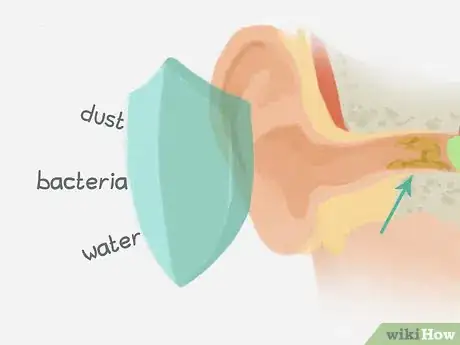

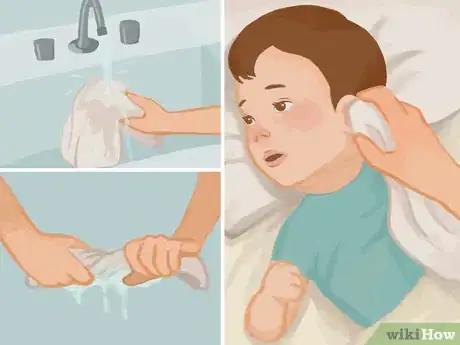
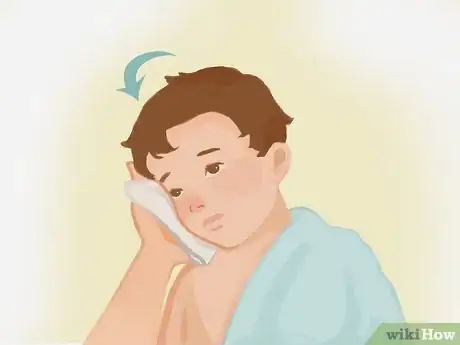
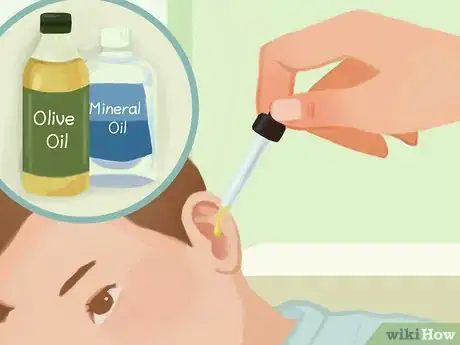
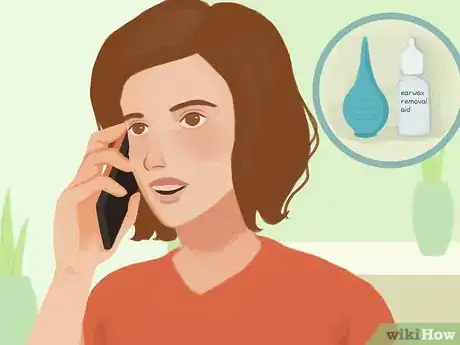
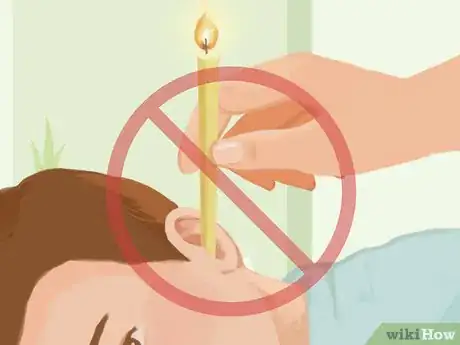

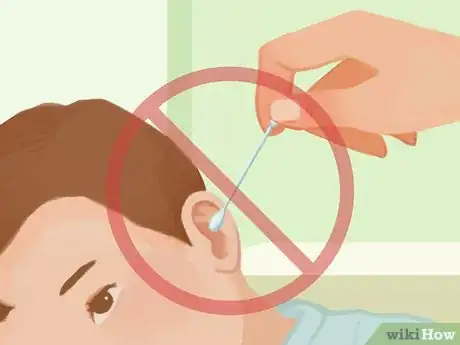

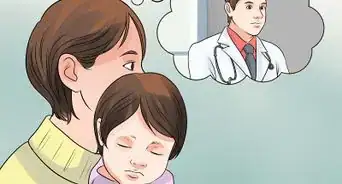
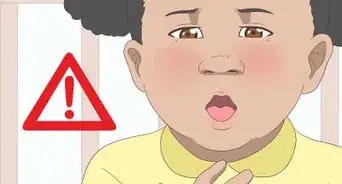
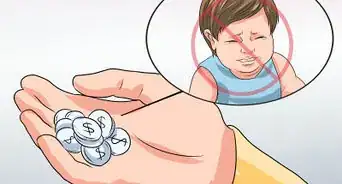
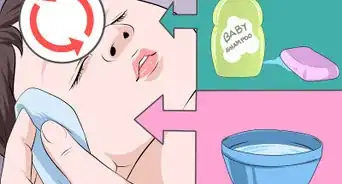
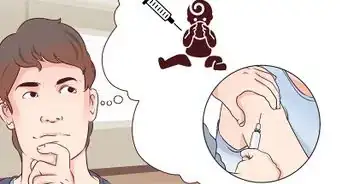
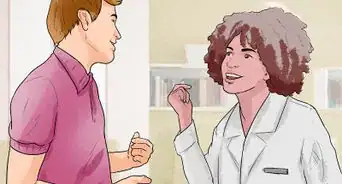







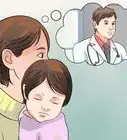
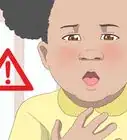
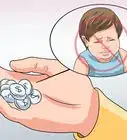




































Medical Disclaimer
The content of this article is not intended to be a substitute for professional medical advice, examination, diagnosis, or treatment. You should always contact your doctor or other qualified healthcare professional before starting, changing, or stopping any kind of health treatment.
Read More...